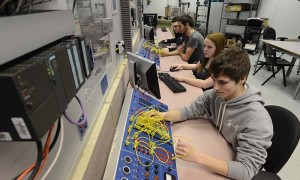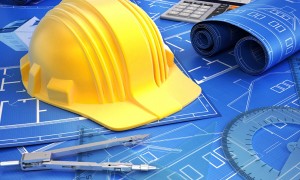People that think an aerospace engineering degree isn’t for them, may want to reconsider.
Even with the commercial airline industry cutting costs in research and development of new airplanes, there are plenty of positions available.
One is with the new NASA program.
This program is commercializing federal space agency’s R&D programs, causing private corporations to have an impact on air and spacecraft. In turn, this will result in an increased demand for aerospace engineers.
These engineers are responsible for coordinating the activities of engineers or technical personnel to design, fabricate, modify, or test aircraft or aerospace products. They also formulate concepts and the design of aeronautical or aerospace products and systems.
These professionals work to design to customer specifications and take energy efficiency into account. They must be effective communicators, able to explain their plans and results simply to those who may not understand the complex technological aspects.
People who choose to pursue a career in aerospace engineering should also have strong math and science skills. They should look for courses in aerospace and environmental-related subjects.
Degrees within this field are offered as 4-year degrees and normally require the student take mechanical, material, and electrical/electronic engineering courses. The more courses the student takes within the related fields, the more occupational possibilities he or she will have.
Financial assistance is available for budding degree-seeking graduates. Besides the standard Pell, SEOG and similar state and government aid packages, students in this field of study should consult the National Science Foundation for S-STEM scholarships as well as a number of private corporations and professional societies. The Aerospace Industry Association is a good resource for more information about this.










